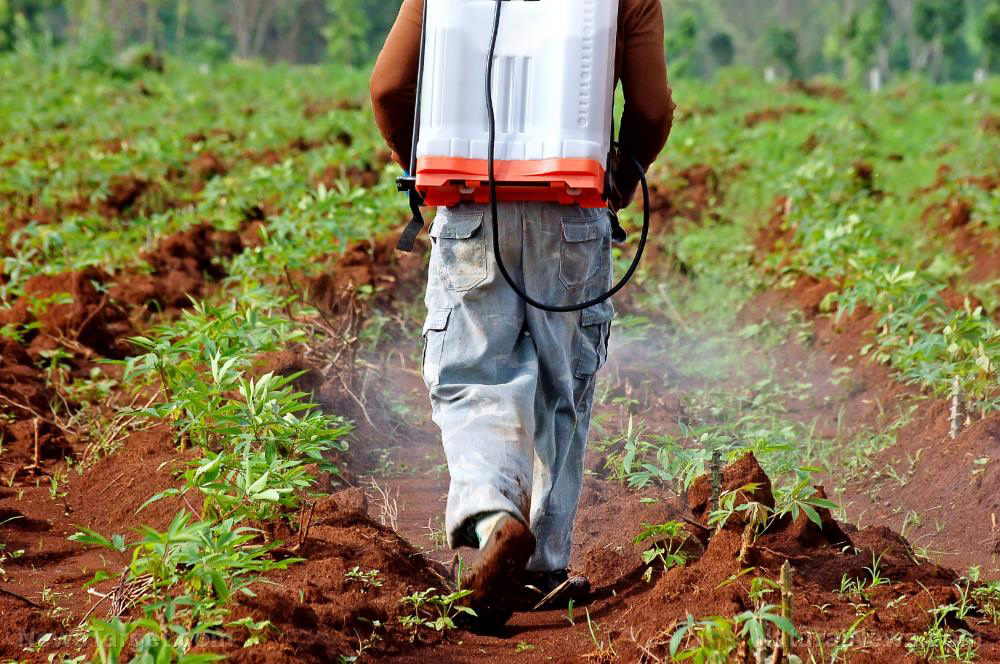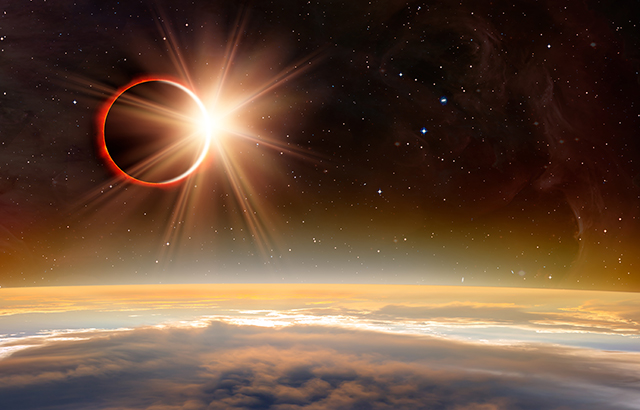New study overturns classic ideas about volcanic eruptions
02/25/2019 / By Edsel Cook

When you were younger, you were probably taught that volcanoes contained a central chamber filled with molten material called magma. But a British study claims that that there is no such underground space inside a volcano, only many small pockets filled with crystals and magma.
These findings are earthshaking in more ways than one. Our modern understanding of volcanoes is built around the idea that there is a centralized magma chamber that controls volcanic activity, including the powerful eruptions that endanger many lives and property.
But the researchers at the Imperial College London and the University of Bristol are now saying that volcanoes get their magma from “mush reservoirs.” These theoretical spaces are conceptually similar to aquifers, the layers of porous materials found deep underground that hold vast amounts of groundwater.
A mush reservoir is a space that is mostly filled with solid crystals. The gaps between the individual crystals are filled by magma, the hot semi-fluid and fluid material that comes from deeper parts of the Earth’s crust. (Related: Lava from active Hawaiian volcano threatens geothermal power plant.)
A new model explains volcanoes and magma much better
Based on their findings, the Imperial-Bristol researchers believe that the time is ripe to shed the idea of the magma chamber. For one thing, despite serving as the cornerstone of models, studies, and theories regarding volcanic activity for decades, a magma chamber has never been observed inside a volcano.
“We now need to look again at how and why eruptions occur from mush reservoirs,” urged Imperial researcher Matthew Jackson. “We can apply our findings to understanding volcanic eruptions with implications for public safety and also to understand the formation of metal ore deposits associated with volcanic systems.”
Jackson explained that a volcanic eruption requires a source of magma that contains minimal amounts of solid crystals. In the magma chamber model, this hot liquidized rock was believed to collect inside a huge cave that was located deep within the volcano.
The latest chemistry experiments appeared to disprove the traditional model of one big body of magma. Instead, the new findings call for many smaller pools of magma stored in the spaces between the solid crystals.
The new mush reservoir model did have problems of its own. It could not explain the appearance of magma that contains few solid crystals. Neither could it determine the mechanism by which the magma reaches volcanoes during eruptions.
The rise of the magma mush reservoir model
Thanks to the latest computer modeling, there is now an explanation for the presence and movement of the magma with low crystal content. The British researchers say that hot liquid rock is less dense than the solid crystals, so it flows upward through the gaps between the structures.
On its way to the top, the magma melts the crystals. The increasing amounts of molten material eventually reaches spaces and fills them up with magma that have fewer crystals than normal. These areas do not last for long, but the magma accumulated in them can potentially cause volcanic eruptions.
“A major mystery about volcanoes is that they were thought to be underlain by large chambers of molten rock,” said Bristol researcher Stephen Sparks, the co-author of Jackson. “Such magma chambers, however, were very difficult to find.”
According to him and his colleagues, magma forms within hot rocks that are mostly made up of crystal. Most of the time, the molten rock stays inside the pores throughout the crystalline rocks. Eventually, pressure on the rock melt forces it to ooze into pools of magma, leading to the formation of small, temporary magma chambers or – in the worst case scenario – a volcanic eruption.
Sources include:
Tagged Under: breakthrough, discoveries, environment, magma, magma chamber, mush reservoir, scientific, volcanic activity, volcanic eruption, volcanoes




















